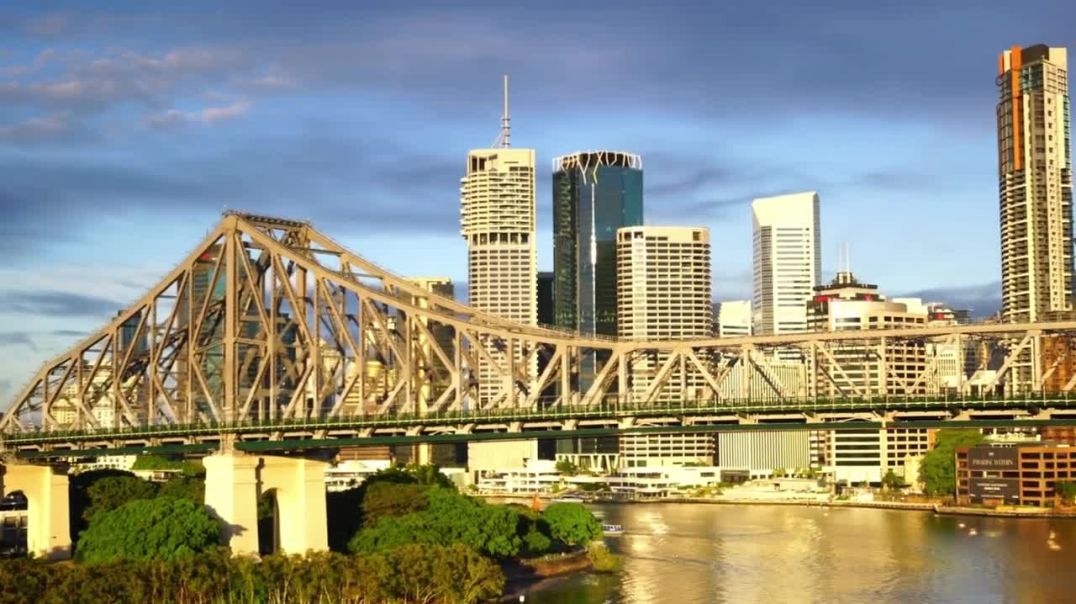11 Views· 22 September 2022
10 Things You Didn't Know About THE FUKUSHIMA NUCLEAR DISASTER (Radioactive Japan)
Advertisement
Our merch: https://standard.tv/kentobento
Our patreon: https://patreon.com/kentobento
Nebula: https://nebula.app/kentobento
Twitter: https://twitter.com/kentobentoYT
Business Inquiries: kentobento@standard.tv
★ Has McDonald's Conquered Asia?: https://youtu.be/pgHiRsk2UjY
★ How Would You Escape North Korea? (The 7 Choices): https://youtu.be/6A0ZOkMDLw0
★ 10 Things You Didn’t Know About HIROSHIMA ATOMIC BOMBING: https://youtu.be/wETSBaFwzu0
★ 10 Things You Didn’t Know About THE JAPANESE EMPEROR: https://youtu.be/h--roytkH3Q
★ 10 Things You Didn’t Know About THE 2011 JAPANESE TSUNAMI & TOHOKU EARTHQUAKE: https://youtu.be/VuWTETyzR9Y
★ 10 Things You Didn't Know About JAPANESE RAMEN: https://youtu.be/p4TEixig6Vw
-----------------------
10 THINGS YOU DIDN'T KNOW ABOUT FUKUSHIMA NUCLEAR DISASTER 福島第一原子力発電所事故
The Fukushima Daiichi Nuclear Disaster was caused by the massive tsunami triggered by the Tohoku Earthquake on March 11th, 2011. This was a Level 7 nuclear event, comparable only to Chernobyl.
1. Unheeded Warning
Before the disaster even happened, there were industry experts who warned of mega tsunami-generating earthquakes hitting the area every 800 to 1100 years, with the next one being overdue. But those in charge dismissed such warnings.
2. No Good Robots
During the crisis at Fukushima, high radiation levels at the plant made it desperately hard for human workers to do what they needed to do.
Back in 2001, the Japanese had actually developed extremely capable robots that were deemed technical successes, but then a government task force concluded that a Chernobyl-scale disaster was never going to happen in Japan .
The program was shut down and the robots were dismantled or donated.
3. Onagawa Nuclear Power Plant
The Onagawa Nuclear Power Plant was the closest power plant to the earthquake epicentre, yet it successfully withstood the barrage.
While the Fukushima Plant had sea walls up to 5.7 meters, Onagawa had it up to 14 meters.
4. Wrongful Evacuation
Due to miscommunication between the evacuation authorities and the experts who were analysing the fallout, many residents were evacuated from pretty safe areas right INTO the radioactive plume.
5. Evacuation Deaths
More people were killed by the evacuation process in Fukushima
than by the actual earthquake and tsunami, the disaster itself.
People died of fatigue, exhaustion, illness, suicides - losing their homes, not knowing where they would end up, cramped evacuation centres; the whole ordeal was taxing.
6. Geiger-Counter Hobby
After the Fukushima disaster, random radiation hot spots were discovered in unexpected locations.
Radiation levels as high as those in the no-go zone were detected as far as some Tokyo suburbs. This prompted many Japanese residents to take up a new hobby - walking with Geiger-counters through their city or village in search for random radiation levels to report.
7. Animal Guardian
55 year old Naoto Matsumura is the only man brave enough to live in Fukushima’s no-go zone. After the initial evacuation, he returned back
to take care of the animals that were left behind. Not just his animals, but everyone’s.
8. Mutations
There were a few small scale Fukushima discoveries.
9. Human Radiation Effects
No one died from radiation exposure in Fukushima.
And contrary to a well-publicised, yet poorly-executed, study
that made the rounds in 2015, thyroid cancer rates in Fukushima children were actually lower than the national average.
10. Disobedient Hero
Masao Yoshida was the manager of the Fukushima Daiichi Nuclear Plant and on March 15th 2011, he lead a brave group, now dubbed ‘The Fukushima 50’ into the radioactive trenches.
With cooling systems crippled and having run out of fresh water, Yoshida decided they would pump seawater straight from the ocean into the damaged reactors.
Then corporate headquarters (TEPCO) ordered him to stop the seawater injection. They didn’t want the corrosive seawater to permanently damage their reactors.
Feeling his superiors were inept for risking a colossal radioactive fallout, Yoshida disobeyed the direct order and continued with the seawater injection.
Many experts now agree that his actions on that day
arguably prevented a much greater catastrophe.
-----------------------
ABOUT
We do videos on interesting 'Asiany' topics - Asian stereotypes, Asian pop culture, Asian issues, Asian history, AMWF, and things you just didn't know about Asia!
TEAM KENTO BENTO
► Script, Narration & Editing by Kento Bento
► Artwork by Nina Bento
► Interested in working with us? Get in touch now!
*** If you're interesting in being a contributor for Kento Bento, let us know what you would like to do (research, script writing, video editing, channel director/manager) and we can figure something out together!
Up next
Advertisement





















0 Comments